
Pokémon, short for Pocket Monsters, is one of the most successful entertainment franchises in the world. From its humble beginnings in Japan in the 1990s, Pokémon has grown exponentially, winning over fans of all ages and cultures.
Pokémon’s success has expanded into cartoons, movies, trading cards, toys, clothing, mobile apps, and more. In this article, we’ll explore how Pokémon evolved from a simple idea to a cultural phenomenon.
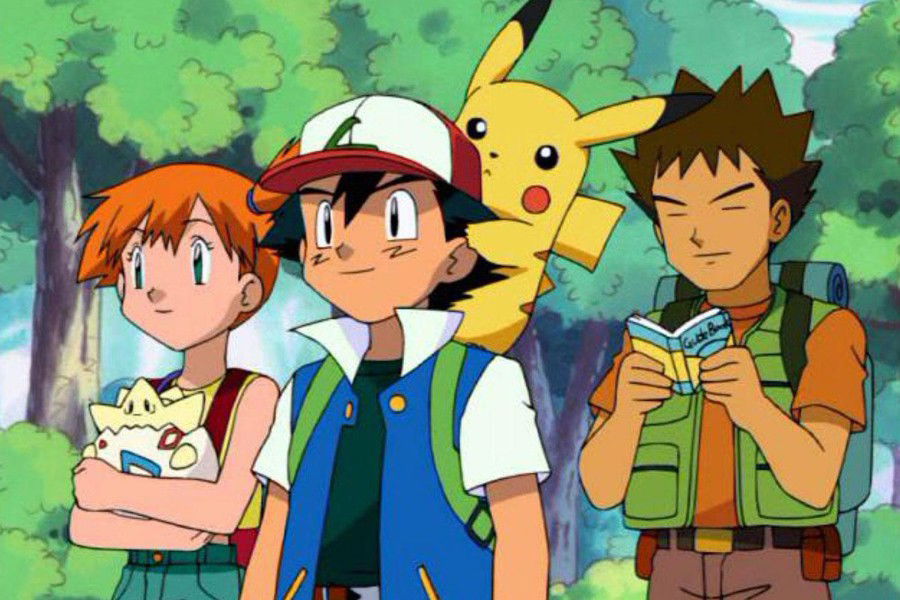
The Creation of an Entire Universe

The story of Pokémon begins with Satoshi Tajiri, a young Japanese man who loved collecting insects as a child. His passion for nature and the idea of capturing creatures inspired him to create a game where players could capture, train, and battle fictional monsters. Tajiri founded the studio Game Freak and, with the help of Nintendo and artists like Ken Sugimori, brought the concept to life.
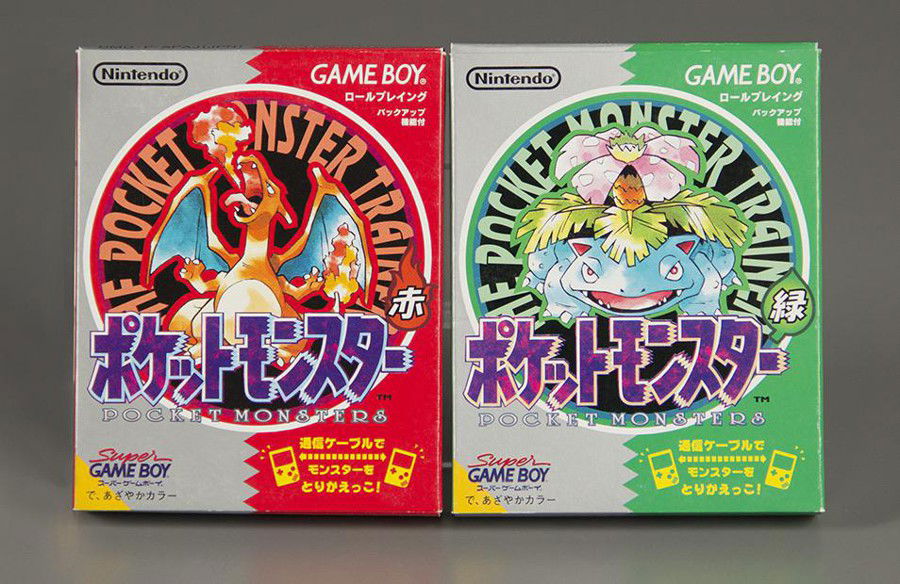
The first game, Pokémon Red and Green, was released in 1996 for the Game Boy in Japan. The games featured 151 different Pokémon and introduced the revolutionary mechanic of trading Pokémon between two devices via a link cable, encouraging players to play together. The slogan "Gotta Catch 'Em All!" quickly became a mantra for fans of the game.
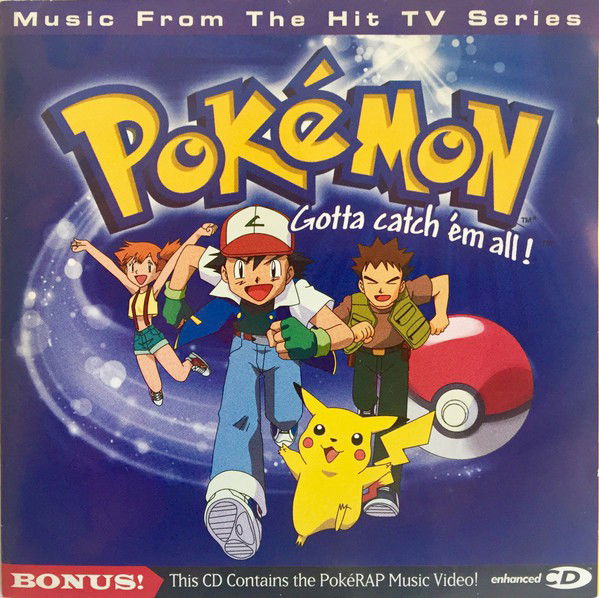
A Burst of Success
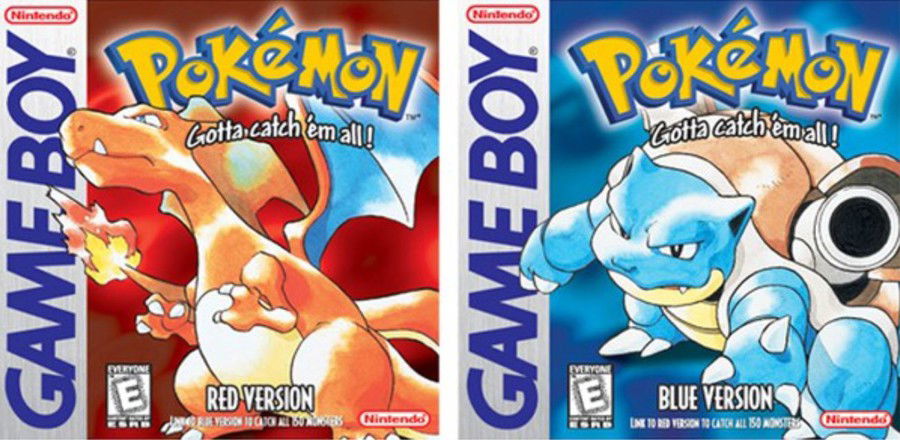
Following its success in Japan, Nintendo brought the franchise to the West in 1998 with the release of Pokémon Red and Blue for the Game Boy. The games were followed by an anime, a collectible card game, toys, and other merchandise. The protagonist Ash Ketchum (based on Satoshi Tajiri) and his partner Pikachu became iconic symbols of the franchise.
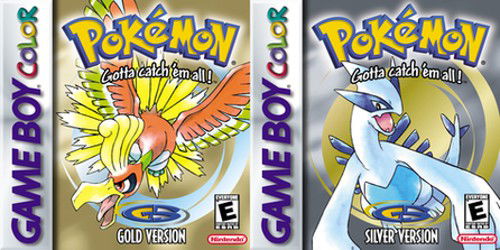
In the following years, new generations of games were released, each with new Pokémon, regions and gameplay mechanics. The Gold and Silver versions increased the number of Pokémon to 251, introduced the day-night cycle and introduced breeding between the Pokémon. With Ruby and Sapphire came unique abilities and double battles. Generation after generation, the franchise reinvented itself while maintaining its essence of exploration and collection.
The Anime: An Unforgettable Journey

The Pokémon anime premiered in 1997 in Japan and the following year in the west, leaving millions of children crazy with the adventures of Ash and Pikachu. The animated series made the franchise a part of pop culture. The simple formula of Ash traveling through different regions to become a Pokémon Master, facing gym leaders and battling Team Rocket, offered a simple, exciting narrative that was enjoyed by everyone.
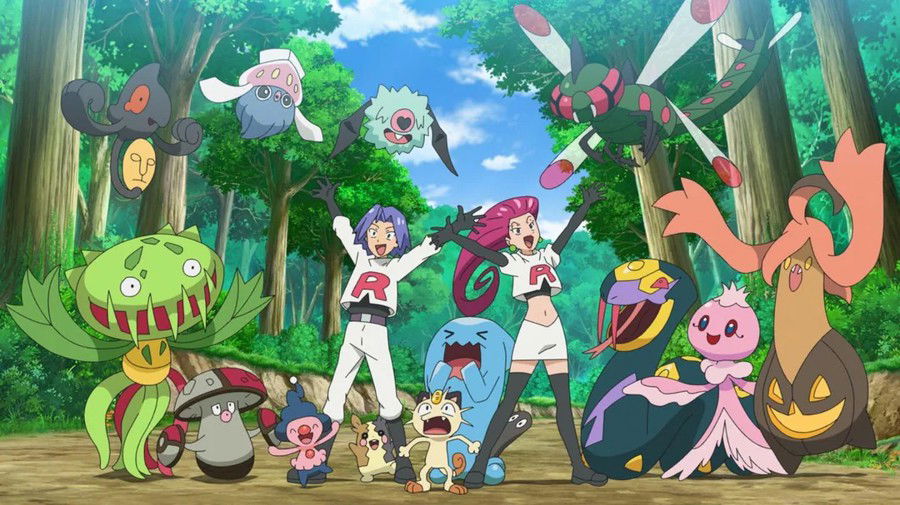
In addition, the soundtrack, exciting battles and the charisma of the characters (humans and Pokémon) increased the success of the series. The first feature film, Pokémon: The Movie (Mewtwo Strikes Back), released in 1998 in Japan and 1999 worldwide, was a huge box office success, establishing the franchise as an extremely profitable product on the big screen.

Trading Card Games: The Success Among Students
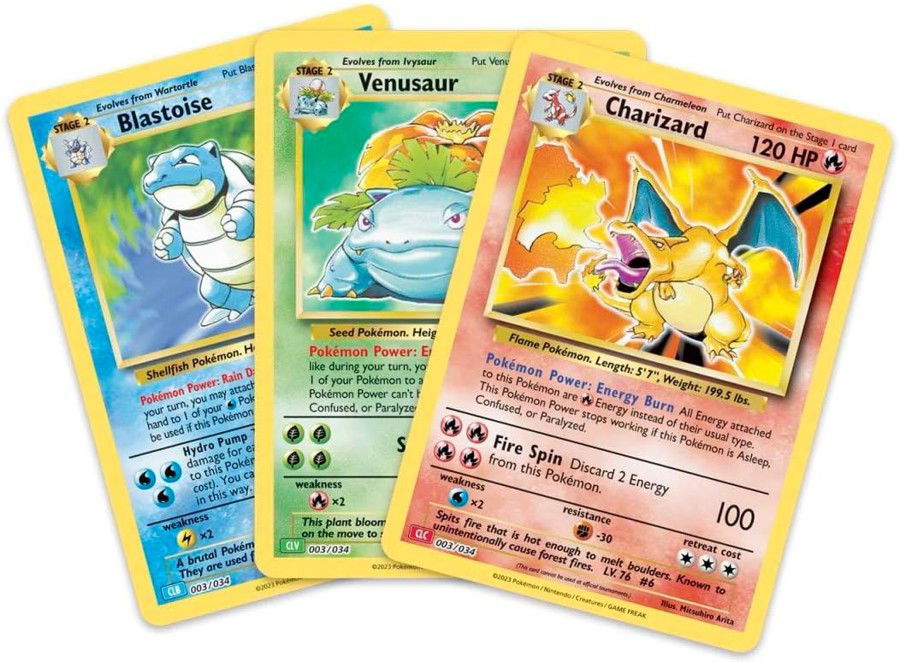
The Pokémon Trading Card Game (TCG) was released in Japan in 1996 and soon after in other countries. The cards quickly became a phenomenon in schools and parks. Players competed in tournaments, while others collected the rare cards. The first edition's holographic Charizard card, for example, became a highly valuable item on the collector's market.
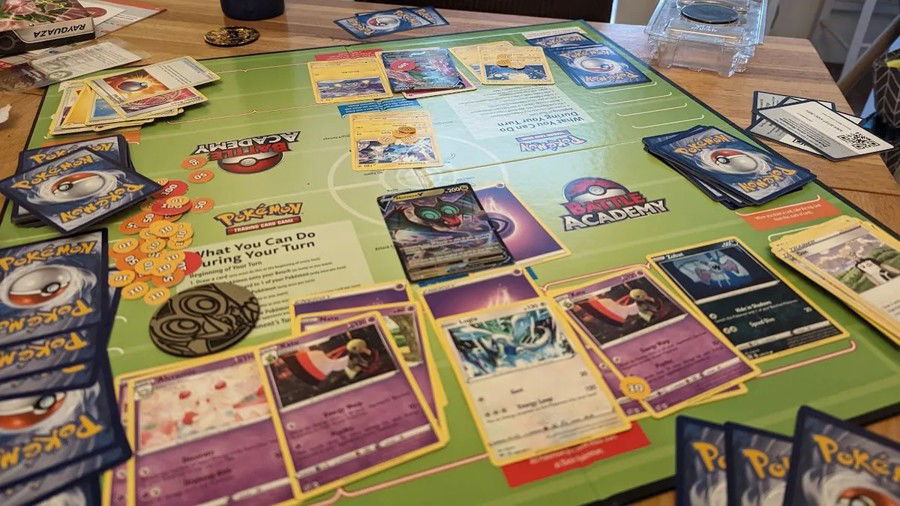
The card fever returned at full throttle in the 2020s, with YouTubers and influencers rekindling interest in vintage collections and new expansions, generating a new wave of popularity and million-dollar businesses.
Merch and Brand Expansion
The Pokémon brand didn't stop at just games and animations. Over the years, it has expanded to many products, such as: clothing, backpacks, shoes, plush toys, school supplies, board games, books and even collaborations with luxury brands like Levi's and Uniqlo.

The Pokémon Company is a company created in 1998 to manage the brand. It grew so quickly that it ended up becoming a licensing giant, present in almost every sector of children's (and adult) entertainment and consumption. In 2020, the brand was valued at over 100 billion dollars, being the most profitable media franchise of all time, surpassing Star Wars, Hello Kitty and Marvel.

Pokémon GO: The Worldwide Fever of Augmented Reality
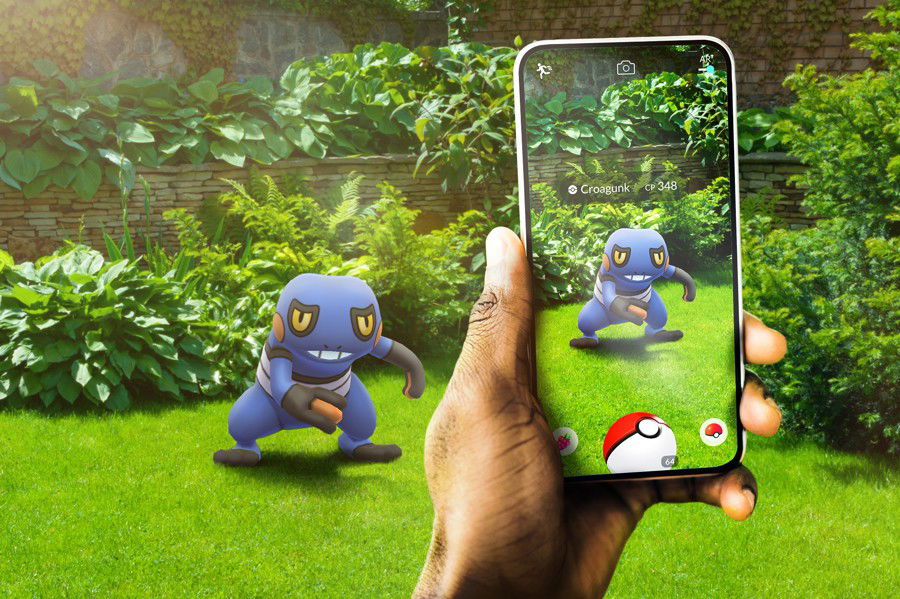
One of the most significant moments for Pokémon in the 21st century was the launch of Pokémon GO in July 2016. Developed by Niantic in partnership with Nintendo, the mobile game used augmented reality and geolocation to allow players to "hunt" Pokémon in the real world.
The launch of Pokémon GO generated a worldwide frenzy: millions of people took to the streets in search of Pikachu, Charmander and other little monsters. Squares, monuments, shopping malls and parks were packed. The game promoted dating, physical exercise and even romance. At its peak, Pokémon GO made over $200 million in its first month.
This love for the game even led to problems, with people gathering in various places and running through the streets after Pokémon, something that Nintendo had to intervene, asking fans to be cautious. There are several video records on the internet of this period that was marked by Pokémon Mania.
Even years later, the game remains active and relevant, with constant updates, new events and a loyal community.
Legacy and Nostalgia
Part of Pokémon's success is due to the balance between innovation and nostalgia. With each new generation of games and characters, the franchise gains new fans while still appealing to adults who grew up with the original games and cartoons.
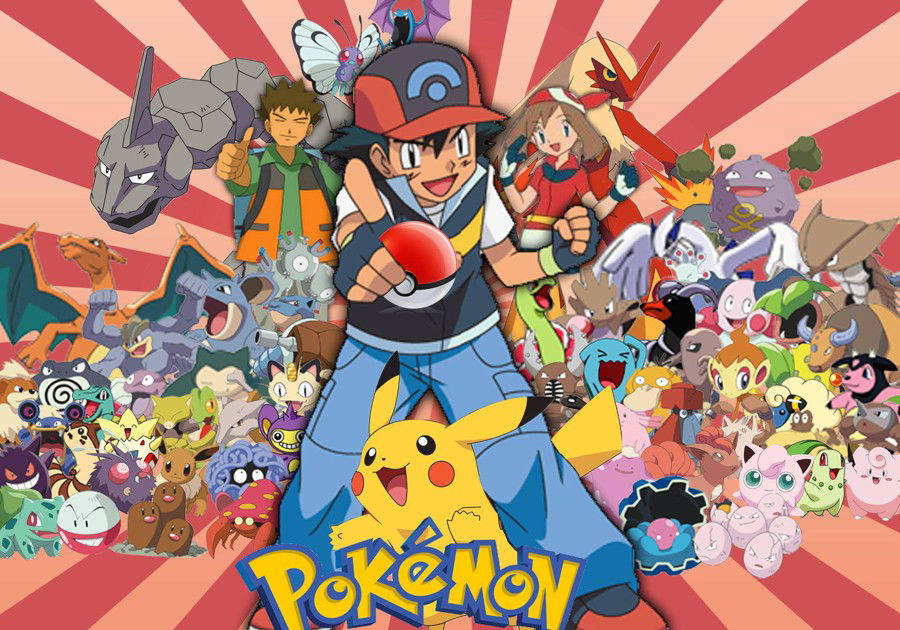
Nostalgia is a powerful engine that drives the brand, with events such as the remakes of Pokémon FireRed/LeafGreen, HeartGold/SoulSilver, and more recently Brilliant Diamond/Shining Pearl, which rescue childhood memories and rekindle the love for the series.
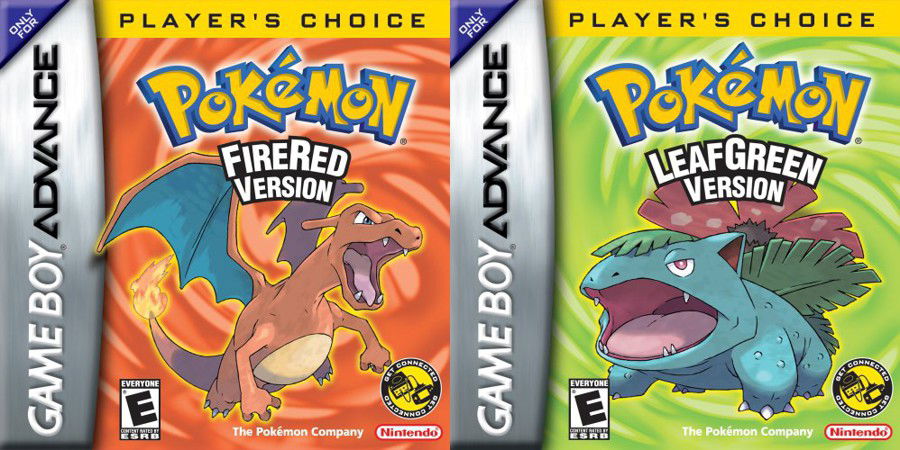
The memes, videos, fanarts and theories that circulate on the internet also keep the community active. Pikachu has become an icon as famous as Mickey Mouse or Super Mario.
Pokémon and Education: A Multidisciplinary Tool
Although at first glance, Pokémon may seem like just an entertainment product, the franchise also has educational value. Children learn about strategies, statistics, reading, problem-solving, biology (names, types, evolution), as well as social skills such as exchange and cooperation. In fact, many educators use the Pokémon universe as a tool in the classroom to teach math, English and science.

The Future of Pokémon
Pokémon continues to be strong in all mediums. In 2022, the franchise released the Pokémon Scarlet and Violet games, bringing a new region and open world. In 2023, the anime underwent a historic change: after more than 25 years, Ash said goodbye to the series, making room for new protagonists and new stories.

Meanwhile, live-action films like Detective Pikachu (2019) have shown that the franchise can also shine on the big screen with real actors, and there are plans for more film projects in the future. Expansion into the digital universe with products for Nintendo Switch 2, apps and augmented reality ensure that Pokémon remains relevant in the age of technology and connectivity.
Conclusion
Pokémon’s success goes beyond entertainment. The franchise represents a powerful mix of nostalgia, innovation, accessibility and impeccable marketing. It has managed to span generations, languages and cultures, remaining relevant for almost three decades.
Pokémon has captured the hearts of millions, perhaps billions of people around the world. The simple act of collecting creatures and having adventures with friends or family has become a universal experience. The franchise is proof that when an idea is built with passion, creativity and purpose, it can evolve into something that transforms culture into a true phenomenon.
The coolest thing about it all is that this fantastic success story began with a boy who loved to hunt insects in the forest and had a world in his mind. That boy didn’t know it yet, but his game would become a billion-dollar industry, with millions of people passionate about his love for collecting little animals.













— Comments 0
, Reactions 1
Be the first to comment